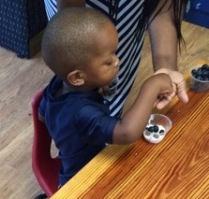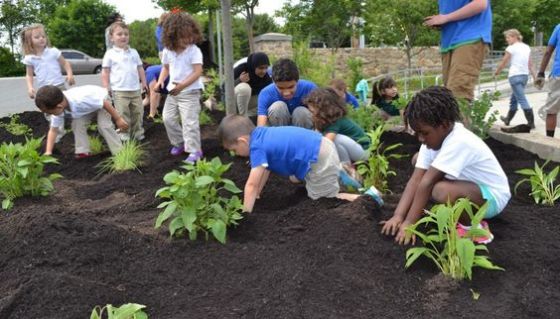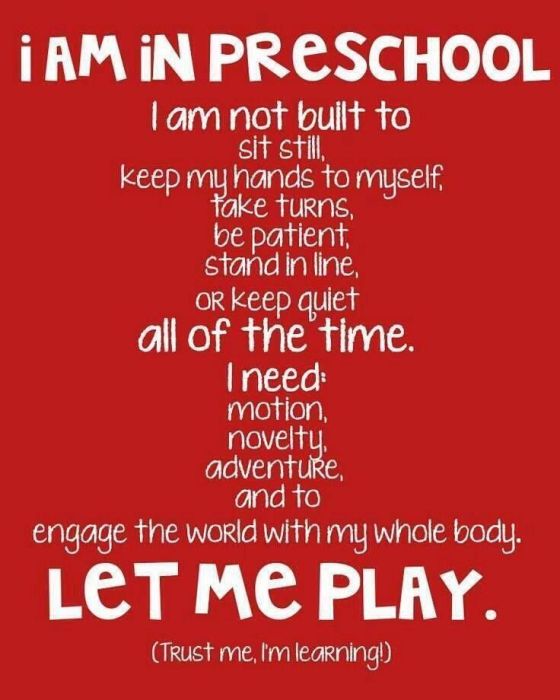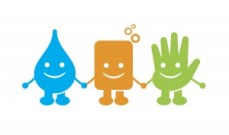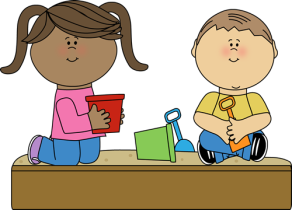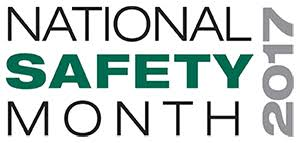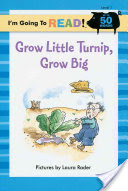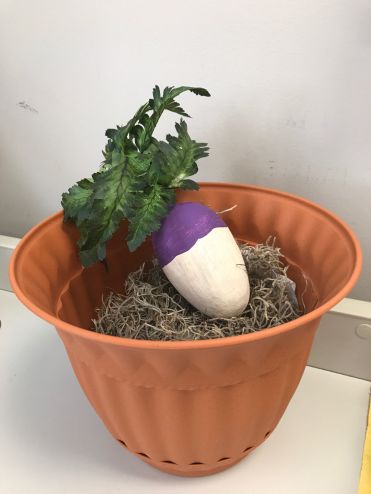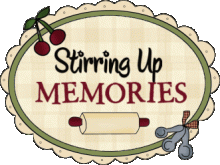Agriculture is Georgia’s oldest and largest industry. It has played a dominant role in Georgia’s economy for almost three centuries, beginning with the settlement by English colonists in 1733. The week March 20 – 24 is being recognized by the GA Department of Agriculture as the first Agriculture Awareness Week in Georgia. We are asking teachers and parents to get involved and help promote Georgia’s #1 industry. This is a key opportunity to concentrate on Agriculture related projects in your center. Some reasons to teach children about agriculture include: They are interested; to help make connections to food, developing healthy relationships with food should begin with learning about where and how food is grown on farms; to make connections to the land. Experiential learning by visiting a working farm, touching and experiment with seeds, looking closely at crops, identifying weeks and week for bugs.
March 22 – Ag Hero Day, Statewide
One in seven Georgians work in agriculture, forestry or related fields. Find a farmer, grocery store manager, or other person to come and talk with your class about the importance of farming. Have your students make awards, posters or other items to celebrate your Ag Hero. Remember you can have more than one and the children will enjoy learning more about their hero and his job. Let’s celebrate those that are preparing and serving our meals. Heros are all around us! Encourage conversations which might include: Where is your farm located? What kind of tomato/lettuce, etc. is this? When was this fruit or vegetable actually picked? What produce will you have next week?
March 23 -Ag Literacy Day, Statewide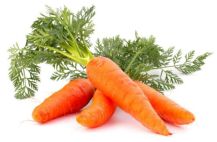
Children may now know that a carrot is not simply grown in small bags in the grocery store, but how the seed is planted and what a carrot looks like with its stalk on it. An excellent way to show seeds, planting and then the whole plant, while reading The Carrot Seed book by Ruth Krauss.
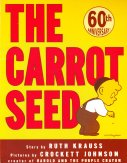
There are many classroom resources that can be downloaded at http://feedmyschool.org/FMS/classrooms Georgia Grown Cookbook, Adventures in Agriculture, George’s Food Safety Activity Book and a few of the useful items. It may be too late for this year, but Literacy Through Agriculture has an area to schedule a school visit with books being read. I would try to get a volunteer parent come and make
agriculture alive through books and activities. Throughout the week but especially today.
Friday, March 24 – Make My Plate Georgia Grown Day, Statewide
Farm to School programs bring locally grown foods to schools, and offer the opportunity to educate children about nutrition and agriculture. The GA Farm to School Toolkit is available at http://gafarmtoschool.org. It includes using locally food, recipes, school gardens, farm field trips and so much more. If there are area schools participating with this program, I encourage you to contact the school and see if they can share contacts for more locally sourced food products.You may consider eating one “seasonal meal” each week or try different seasonal items throughout the week.
For information on selection, preparation, and preserving foods visit our publications at : http://www.fcs.uga.edu/extension/food-select-and-prepare-healthier-food Please distribute to parents also to help celebrate and create awareness of GA First Agriculture Awareness Week. Please share any pictures or interesting items that you came up with.
